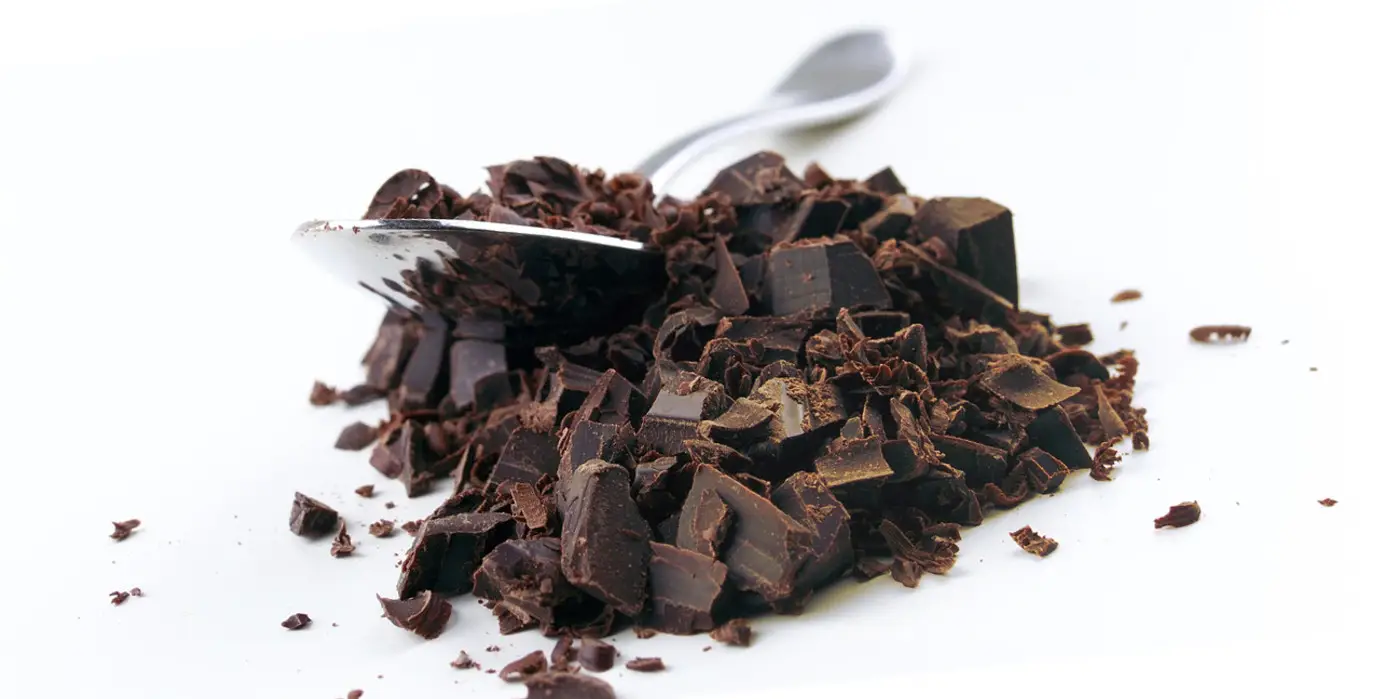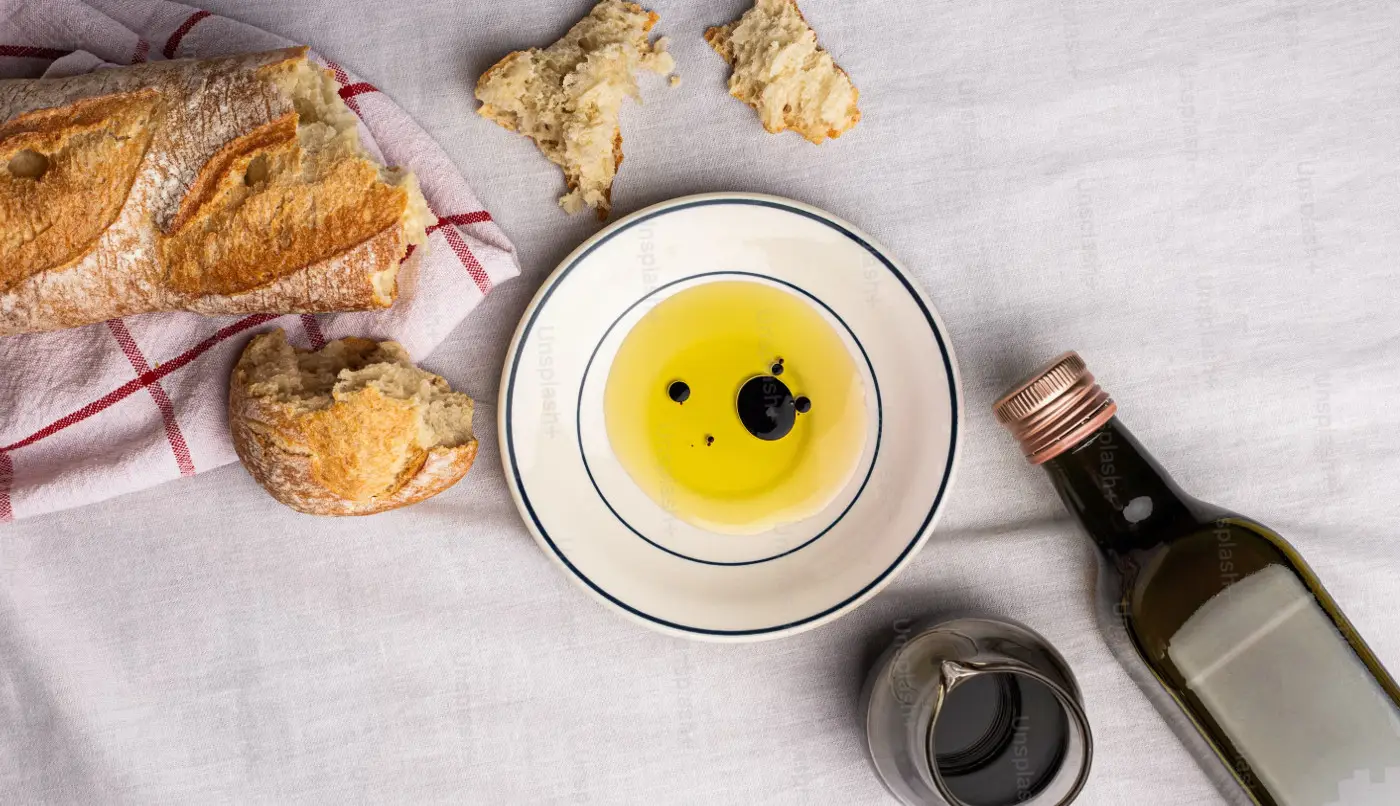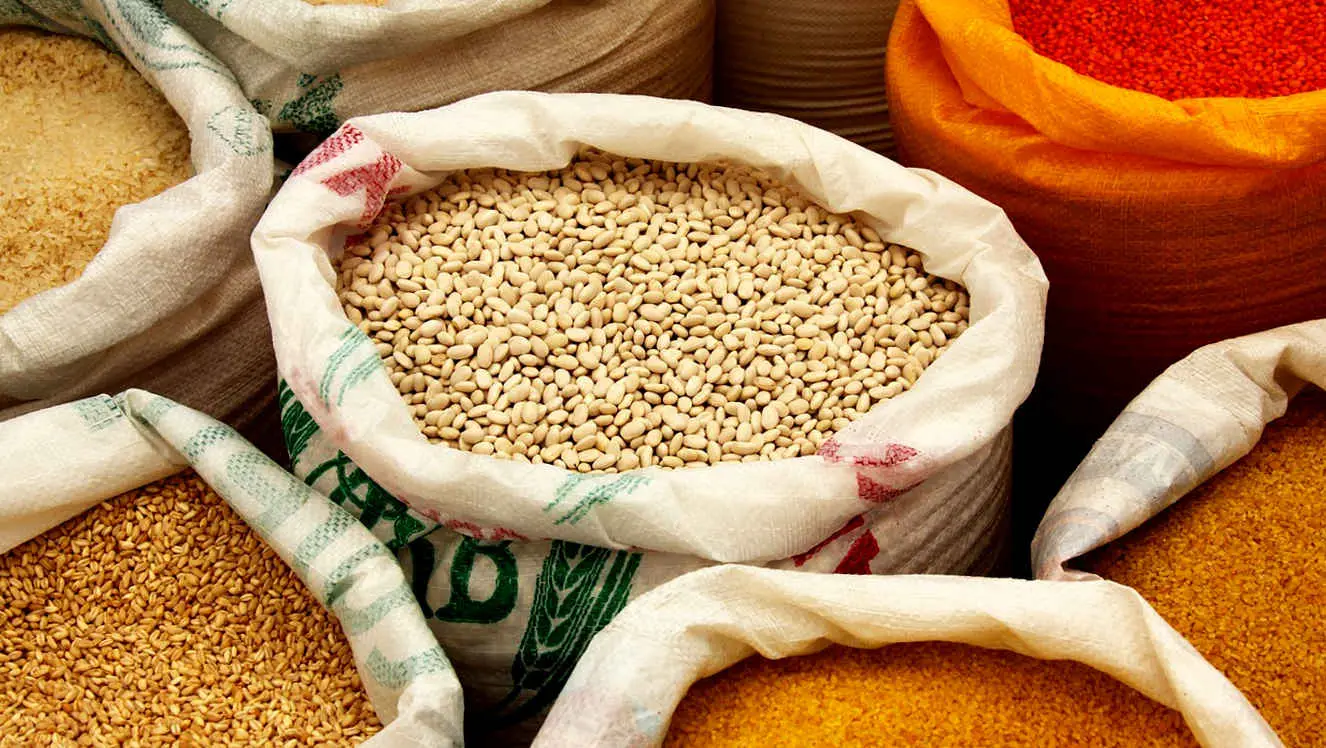Dark chocolate Lysine and Arginine Info Sheet
Overview
Dark chocolate is a type of chocolate that contains cocoa solids, cocoa butter, sugar, and sometimes other ingredients. It has a bitter-sweet flavor and a firm texture. The percentage of cocoa indicates the amount of cocoa solids in the chocolate.Dark chocolate is considered a healthier choice than milk chocolate, as it has more antioxidants, flavonoids, and polyphenols, which can protect the cells from oxidative stress, lower blood pressure, and improve blood flow.
Dark chocolate also has less sugar and fat than milk chocolate, which can help prevent obesity and diabetes.
However, dark chocolate still has some drawbacks, such as caffeine and theobromine, which can cause nervousness, insomnia, and headaches in some people.
| Name | Lysine (mg/100g) | Arginine (mg/100g) | Ratio |
|---|---|---|---|
| Dark chocolate | 200mg | 1100mg | 0.182 |
Dark chocolate contains 200mg of Lysine and 1100mg of Arginine per 100g of product.
This means Dark chocolate has a low Lysine-Arginine ratio of 0.182.
Because Dark chocolate contains much higher levels of arginine than lysine, limiting its consumption is recommended by people who suffer from herpes, as it may trigger outbreaks.
Lysine Considerations
Dark chocolate has a low amount of lysine, which is an essential amino acid that the body cannot produce.
Lysine is important for protein synthesis, collagen formation, and immune function.
Dark chocolate can provide about 3% of the RDI for an adult.
Lysine can help prevent or treat cold sores, which are blisters caused by the virus HSV-1, also known as herpes.
Lysine works by blocking the growth of HSV-1, which needs another amino acid called arginine to multiply and infect cells.
Lysine can only be obtained through diet, and can be found in a variety of high-protein foods like dairy, fish, eggs, meat and poultry.
Arginine Considerations
Dark chocolate has a very high amount of arginine, which is a semi-essential amino acid that the body can produce in limited amounts.
Arginine is important for nitric oxide production, blood vessel dilation, and wound healing.
Dark chocolate can provide about 31% of the RDI for an adult.
Arginine has different functions in the body, including wound healing, helping the kidneys remove waste products from the body, and maintaining immune and hormone function.
Arginine also plays a role in the replication of the herpes virus, making it a key factor in cold sore outbreaks.
The herpes virus requires arginine to grow, replicate, and create new herpes viruses.
Foods rich in arginine, such as nuts and chocolate, may increase the frequency and severity of these outbreaks.
Lysine-Arginine Ratio
Dark chocolate has a very low lysine-arginine ratio, which means that it has much more arginine than lysine.
This ratio may affect the balance of HSV in the body, as lysine inhibits and arginine promotes HSV replication.
A very low lysine-arginine ratio may significantly increase the risk of HSV outbreaks.
Both lysine and arginine play crucial roles in protein synthesis and other metabolic activities.
Interestingly, they have contrasting effects on the herpes simplex virus, which is responsible for cold sores and genital herpes.
Lysine can stunt the virus's ability to replicate, while arginine can promote it.
Consequently, consuming foods with a high lysine to arginine ratio may help decrease the frequency and severity of herpes flare ups.
Foods with a high lysine-arginine ratio include milk, cheese and yogurt products, fish, poultry, fruits, and vegetables.
These foods can supply the body with sufficient lysine to block the virus's uptake of arginine, thereby preventing its growth and spread.
Dietary Considerations
Cocoa and chocolate are derived from the seeds of the cacao tree, which are roasted and processed into various forms.
Cocoa and chocolate contain caffeine, theobromine, and flavonoids, which can have stimulant, mood-enhancing, and antioxidant effects.
Cocoa and chocolate also contain lysine and arginine, but the amount is higher in arginine than lysine.
This makes cocoa and chocolate unfavorable for people with herpes, as arginine can stimulate the herpes virus.
Cocoa and chocolate should be avoided or consumed in small amounts by people with herpes.

For example:
A diverse and nutritious diet that supports your immune system and fights inflammation is essential.
This means you should eat lots of fruits, vegetables, whole grains, lean protein, and healthy fats, and steer clear of processed foods, added sugars, alcohol, and caffeine, which can harm your health.
Avoid alcoholic beverages and caffeine which can overstimulate your body, leave you dehydrated, and compromise your immune system.L-lysine supplementscan help you prevent herpes outbreaks and stop a cold sore before it develops by depriving the virus of arginine, which it needs to form a cold sore.
Avoiding foods that can cause allergic reactions or sensitivities, such as gluten, dairy, nuts, eggs, or shellfish.
These foods can trigger inflammation and weaken your immune system, making you more susceptible to outbreaks.
Pain, swelling, and itching can be reduced by eating foods that have anti-inflammatory, antiviral, and antibacterial properties, such as honey, yogurt, aloe vera, and chamomile.
These foods can also help you heal faster by promoting tissue repair.
Check more food information






